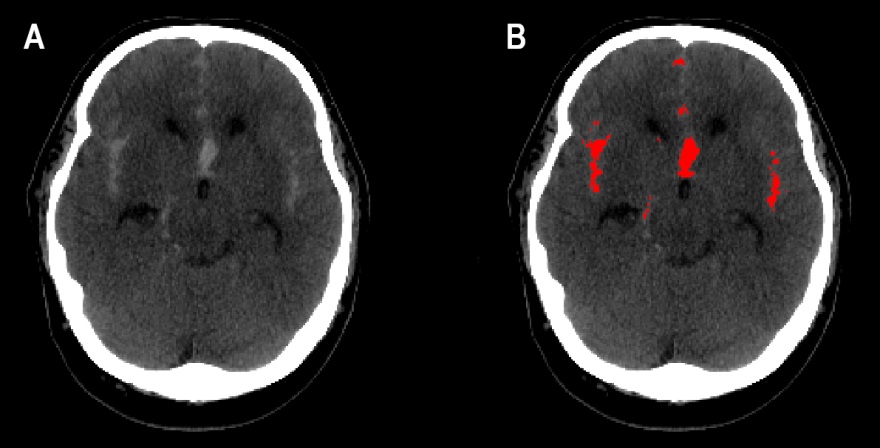Young brain hemorrhage survivors at high risk of suicide: study
Published : 20 Jan 2025, 23:53
A nationwide Finnish study conducted at HUS Neurosurgery revealed that survivors of life-threatening brain hemorrhage have a significantly elevated risk of suicide, said Helsinki-Uusimaa Hospital District (HUS) in a press release on Monday.
The risk is especially higher in patients under the age of 40 and those with a recent brain hemorrhage.
Subarachnoid hemorrhage (SAH) is a life-threatening cerebrovascular disorder where the rupture of a bulging blood vessel, called an aneurysm, causes bleeding in the brain.
Although more and more patients with SAH survive and make a good physical recovery, at least one third of all affected patients suffer from depression and anxiety.
A study by researchers from HUS and University of Helsinki published in the journal Neurology investigated the risk of suicide in Finland over two decades among patients who survived SAH for at least one month after their illness. The study included more than 5,700 patients.
The results showed that SAH survivors have about 75 percent higher risk of suicide in comparison with the general Finnish population of the same age and sex.
A particularly elevated risk, almost four times higher, was observed in young survivors aged 15 to 39.
Moreover, the first year post-SAH appeared to be a particularly high-risk period for suicide.
“It is worrying that as many as 14 percent of deaths among young SAH survivors were due to suicide. The increased risk of suicide seems to be higher following a SAH than after other cerebrovascular disorders, namely cerebral infarction and intracerebral hemorrhage,” said Aleksanteri Asikainen, Bachelor of Medicine and Ph.D. student of the University of Helsinki.
The link between SAH and elevated risk of suicide is thought to be due to a sudden decline in physical and cognitive function, which increases psychological distress and exacerbates existing mental health disorders.
In young, often healthy, individuals, the consequences of SAH are likely to be more evident in everyday life than in the general population.
The other members of the research group, HUS Neurosurgeon and Associate Professor Miikka Korja, Professor of Genetic Epidemiology of the University of Helsinki Jaakko Kaprio, and Physician Specializing in Neurosurgery of HUS and Associate Professor Ilari Rautalin stressed the need for further research to more precisely identify risk factors that influence the suicide risk and to develop rehabilitation measures to support patients.
“Our study underlines that physical recovery alone is not enough. It is more important than ever to identify patients' psychological support needs and to intervene early in mental health issues to prevent consequences that can significantly reduce quality of life and even be life-threatening," said Rautalin, the senior author of the article.


